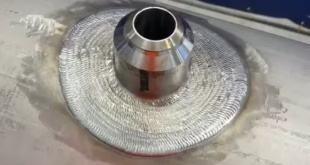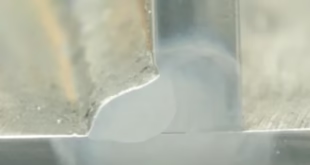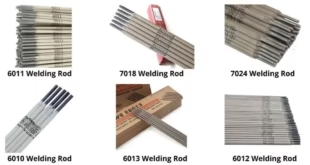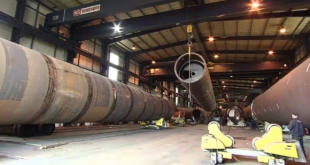Can You Weld Aluminum to Steel? Exploring Compatibility and Techniques
Introduction
Welding is a crucial process in the world of metal fabrication, allowing the joining of different metals for various applications. One intriguing question that often arises is, “Can you weld aluminum to steel?” This article delves into the compatibility of these two distinct metals, highlighting techniques, challenges, and providing expert insights into achieving successful welds between aluminum and steel.
Can You Weld Aluminum to Steel?
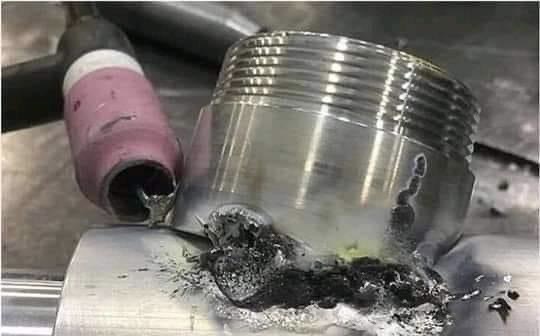
When it comes to welding aluminum to steel, the task is not as straightforward as it might seem. Aluminum and steel have inherently different properties, which can make welding them together a challenging endeavor. Aluminum possesses a lower melting point and higher thermal conductivity compared to steel, which can result in uneven heating and potential material distortion during welding. Additionally, the dissimilar atomic structures of these metals contribute to the complexity of achieving a strong and durable weld.
Techniques for Welding Aluminum to Steel
Welding aluminum to steel demands specialized techniques to ensure a proper bond and maintain the integrity of the joint. Several approaches can be employed:
Friction Stir Welding (FSW)
Friction Stir Welding is a solid-state joining process that works exceptionally well for welding aluminum to steel. It involves a rotating tool that generates frictional heat, softening the metals and allowing them to fuse together. FSW eliminates issues related to melting points, making it an effective technique for dissimilar metal welding.
Explosion Welding
Explosion welding, also known as explosive bonding, is a unique method that uses controlled explosions to create a metallurgical bond between aluminum and steel. The force generated by the explosion creates a high-speed impact, causing the metals to fuse at the interface. This technique ensures a strong bond without the need for high temperatures.
Adhesive Bonding
While not a traditional welding method, adhesive bonding can be a viable option for joining aluminum and steel. High-strength adhesives specifically designed for metal bonding can create a reliable connection between the two materials. However, the joint’s load-bearing capacity and longevity should be thoroughly evaluated.
Challenges and Considerations
Welding aluminum to steel presents a set of challenges that require careful consideration:
- Galvanic Corrosion: The dissimilar nature of aluminum and steel can lead to galvanic corrosion, where one metal corrodes in the presence of an electrolyte. Proper surface preparation and the use of insulating coatings can mitigate this issue.
- Thermal Expansion: Aluminum and steel have different coefficients of thermal expansion, which can result in stress and distortion at the joint. Preheating and controlled cooling techniques are essential to minimize these effects.
- Intermetallic Compounds: The formation of brittle intermetallic compounds at the weld interface can weaken the joint. Thorough material compatibility analysis and process optimization are crucial to prevent their formation.
Expert Insights
We reached out to welding experts with extensive experience in joining dissimilar metals. According to Welding Experts, “While welding aluminum to steel is challenging, advancements in welding technologies have provided effective solutions. It’s crucial to choose the right technique based on the specific application and desired joint strength.”
FAQs
Can aluminum and steel be welded together using traditional welding processes?
While traditional welding processes like MIG and TIG are not typically suitable for welding aluminum to steel due to their different properties, specialized techniques like friction stir welding and explosion welding offer successful alternatives.
Is it possible to achieve a strong and durable weld between aluminum and steel?
Yes, with the right techniques and proper preparation, a strong and durable weld between aluminum and steel can be achieved. It’s essential to consider factors like thermal expansion, galvanic corrosion, and material compatibility.
Are there any safety precautions unique to welding aluminum to steel?
Safety precautions for welding aluminum to steel are similar to those for any welding process. Adequate ventilation, eye protection, and proper training are crucial. Additionally, specific techniques may require precautions against heat and sparks.
What industries commonly require welding aluminum to steel?
Industries such as aerospace, automotive, and shipbuilding often require the joining of aluminum and steel for various components. These industries benefit from the lightweight properties of aluminum and the strength of steel.
Can adhesive bonding replace welding for aluminum-to-steel connections?
Adhesive bonding can be an alternative to welding for certain applications. However, its load-bearing capacity and long-term durability should be thoroughly evaluated before considering it as a replacement for welding.
How can I prevent galvanic corrosion in welded aluminum-to-steel joints?
To prevent galvanic corrosion, ensure proper surface preparation, and consider using insulating coatings or barriers between the aluminum and steel surfaces. Regular maintenance and corrosion monitoring are also recommended.
Conclusion
In the realm of metal fabrication, the question “Can you weld aluminum to steel?” unveils a world of possibilities and challenges. While the differences between these metals can pose obstacles, advanced welding techniques and careful considerations can lead to successful outcomes. By exploring the techniques, challenges, and expert insights discussed in this article, you’re equipped to make informed decisions when it comes to joining aluminum and steel for various applications.
 Welding of Welders All about Welding and Welders
Welding of Welders All about Welding and Welders
